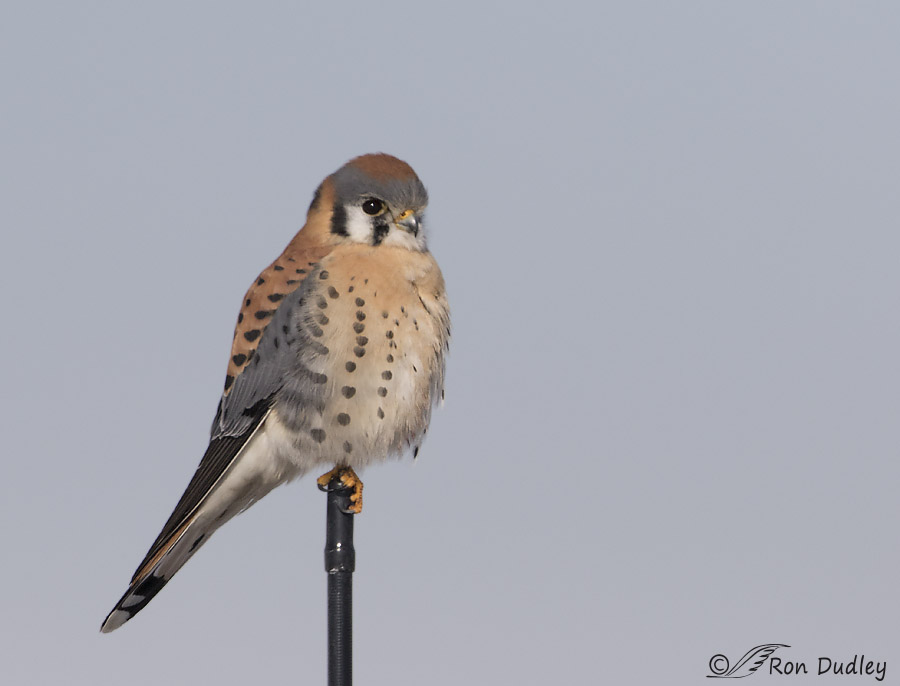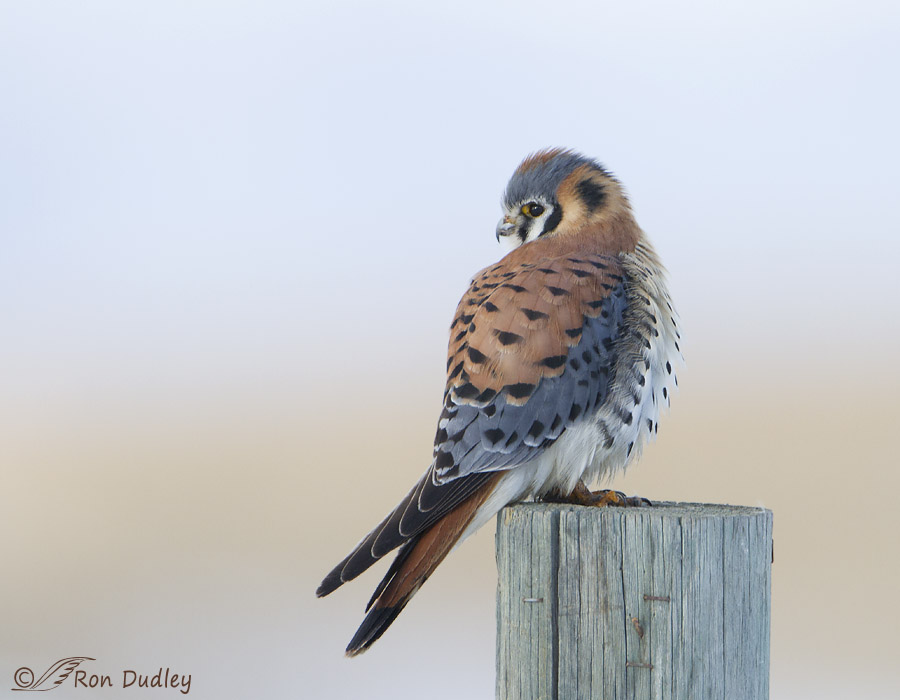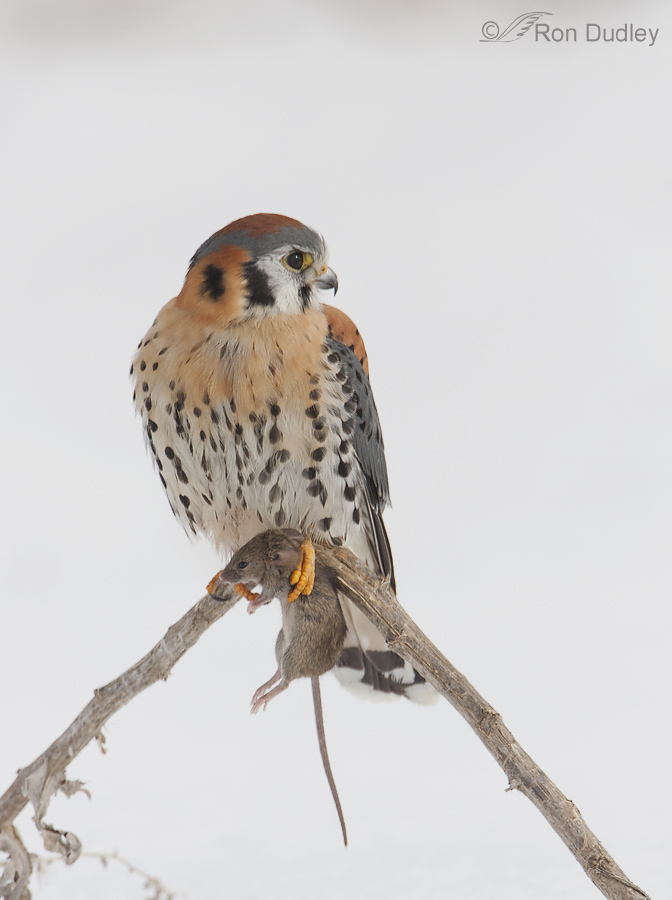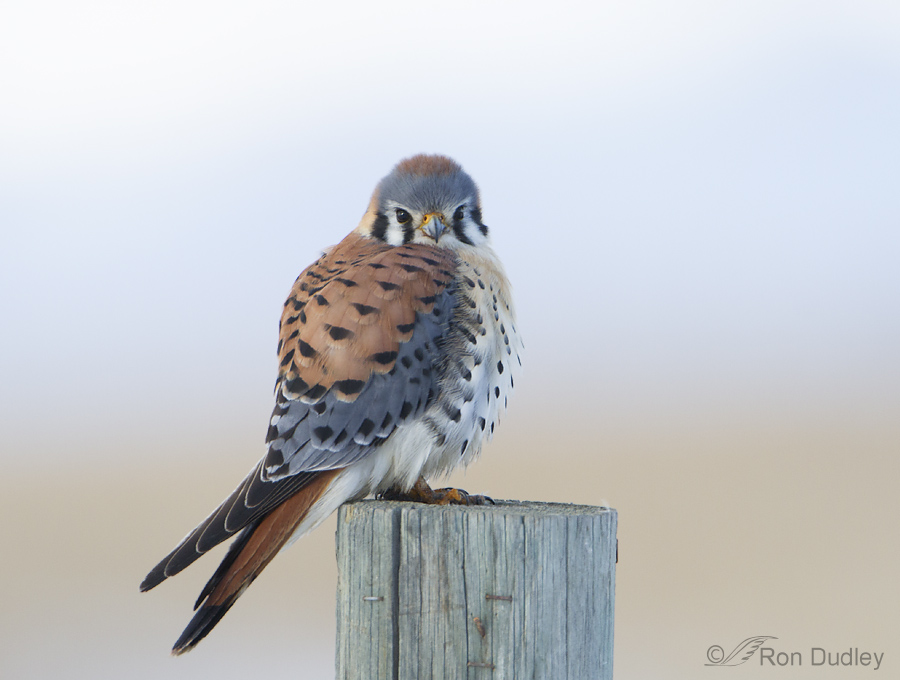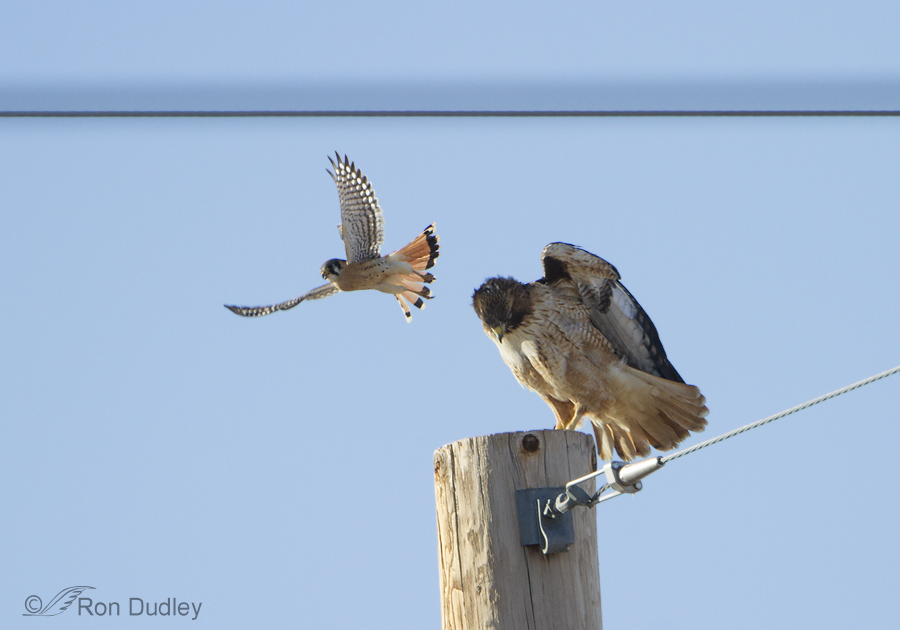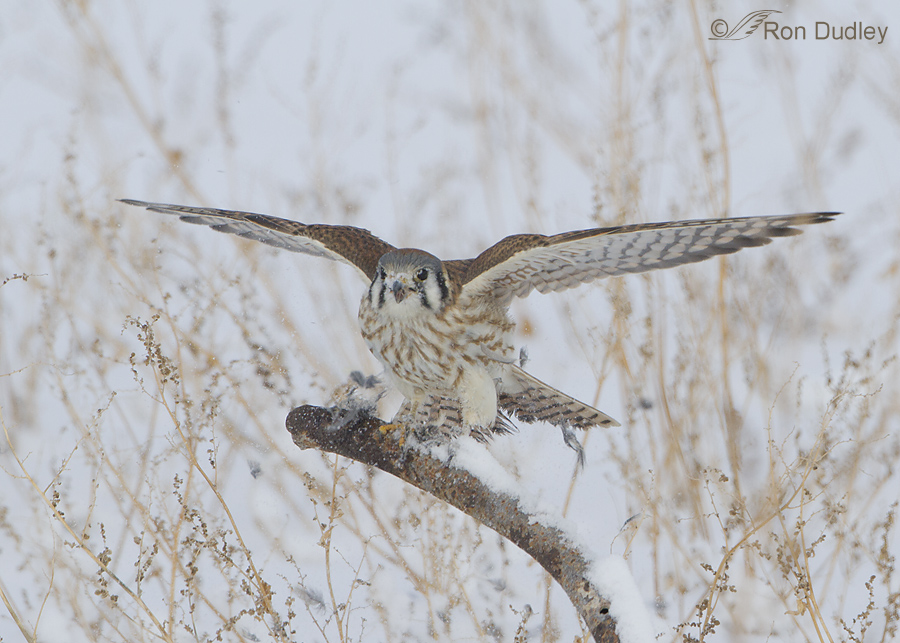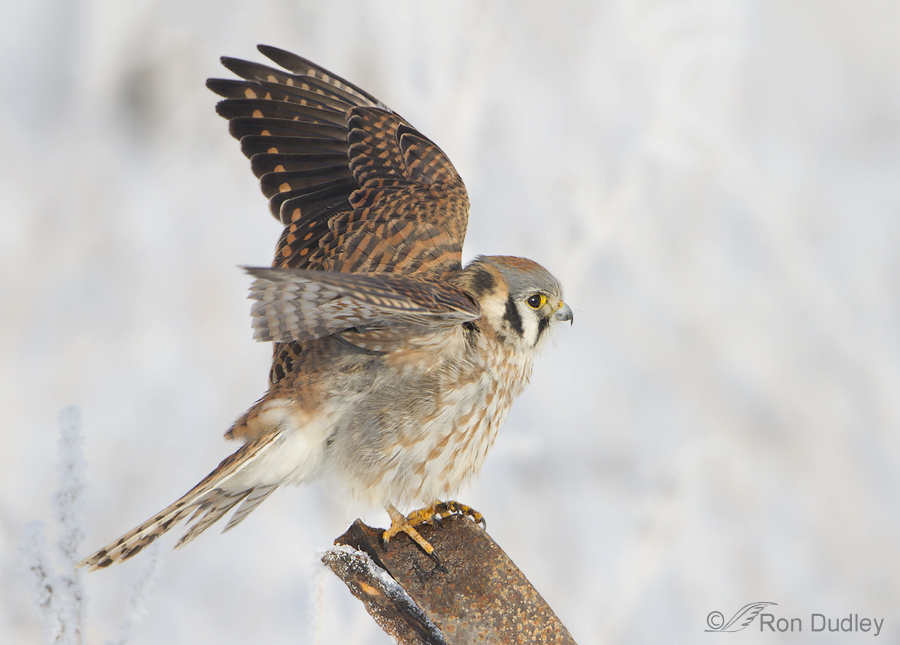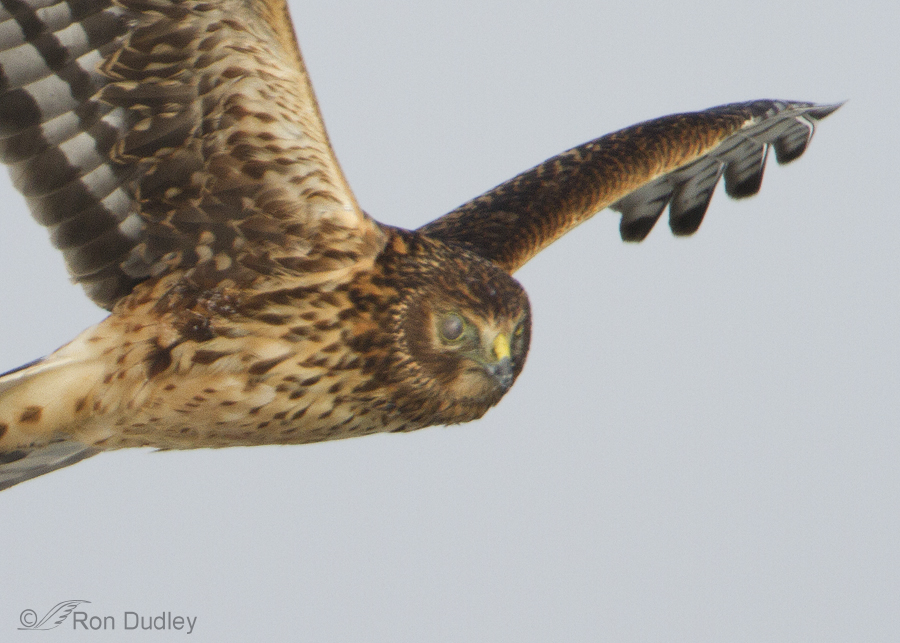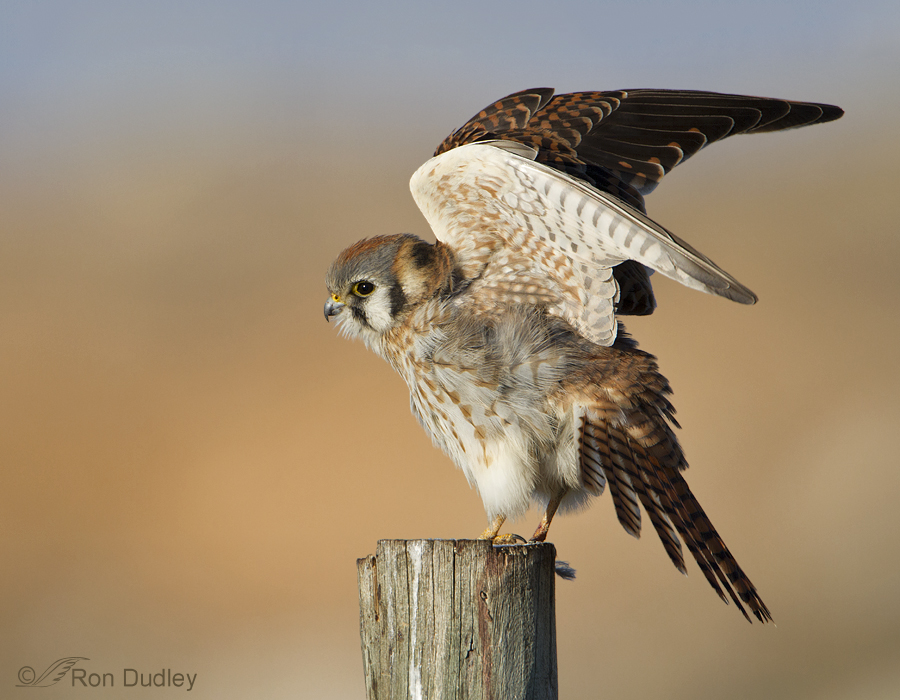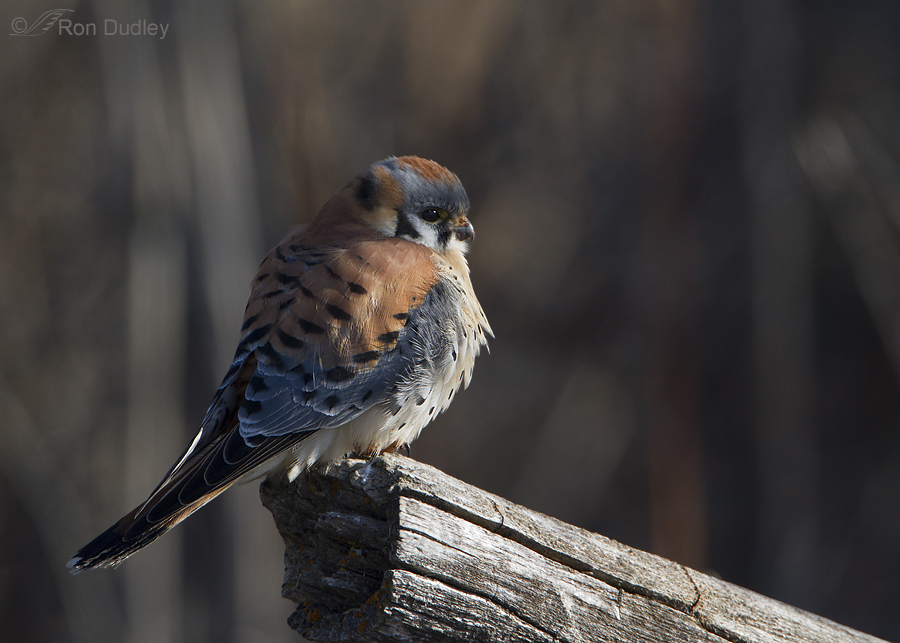Tag: falco sparverius
The Function of Ocelli (false eyes) In Raptors
Southwest Montana Kestrels – A Status Update
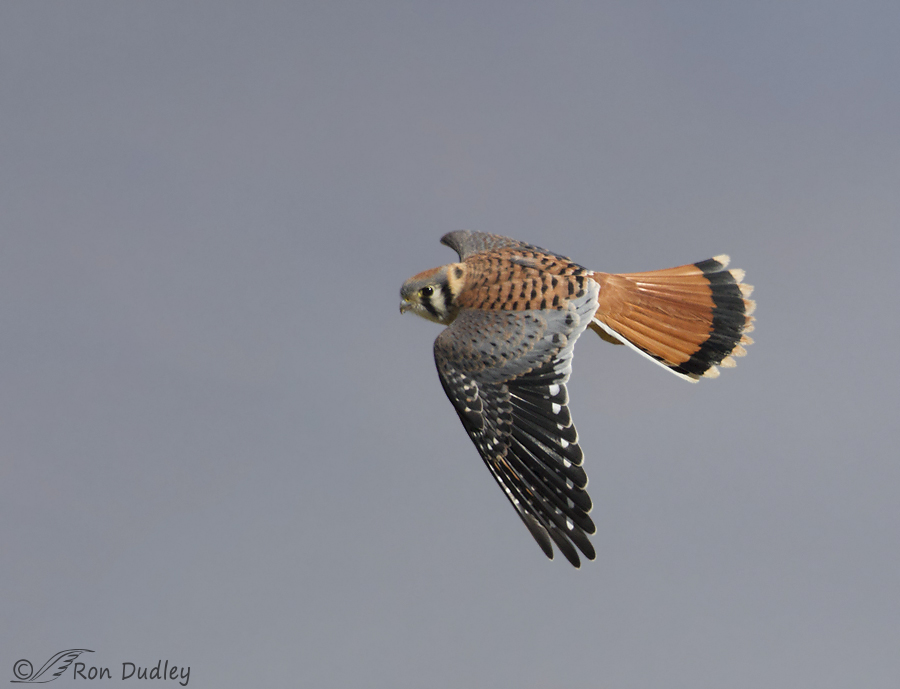
American Kestrels have long been North America’s most abundant bird of prey but over recent decades their numbers have declined precipitously. For that reason I pay particular notice to kestrel numbers when I return to the same area year after year and because I spend so much time in southwest Montana that region is near the top of my “kestrel watching” areas.
A Kestrel, A Mouse And The Potential Demise Of Farmington Bay WMA
Male American Kestrel In A Pastel Setting
Red-tailed Hawk Sucker-punched By A Kestrel
A Resourceful Kestrel And An Unfortunate Pipit In The Snow
Rust On Rust – Female American Kestrel
Female Kestrel – A Twisting, Turning Take-off
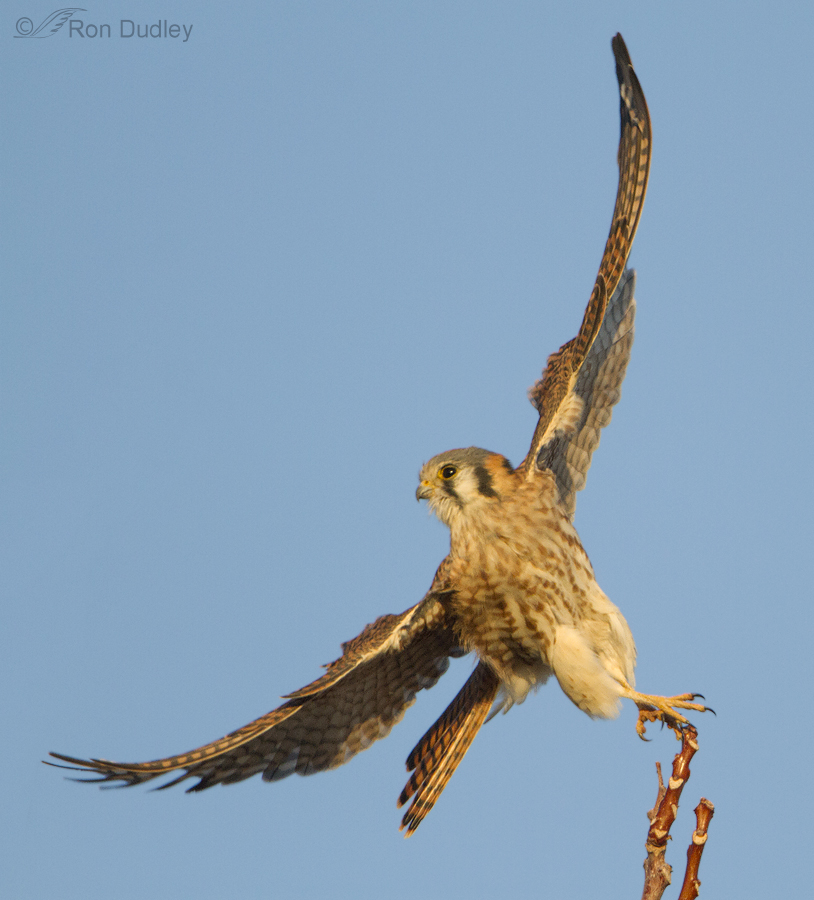
Occasionally during take-off an American Kestrel will put on a show of its considerable acrobatic skills but it happens so fast with these little falcons that many of us don’t really appreciate the coordination and skill involved. Yesterday morning I got one shot that I think demonstrates it pretty well.
Eye Defects In Raptors
The Many Moods Of A Female American Kestrel
American Kestrel In Fog
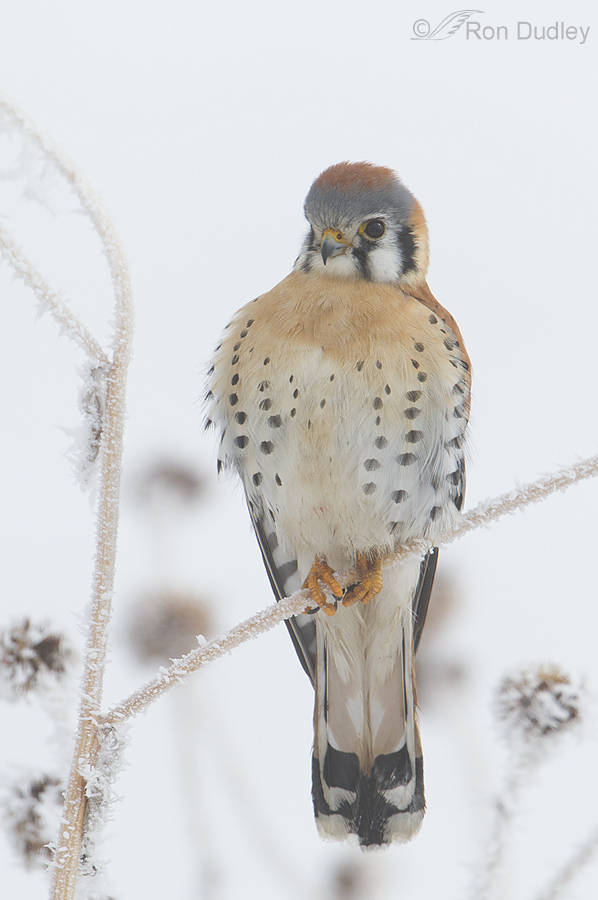
Images of birds in fog often have a unique mood and “feel”. The tendency of many photographers is to attempt to minimize the effects of the fog during processing but I try to resist that temptation and let the image sink or swim on its true merits.
Fog tends to reduce detail and color saturation and causes the subject to appear slightly overexposed. It also often results in high key backgrounds. Some of those effects can be reduced by increasing contrast/saturation during processing but then you are losing the mood provided by the fog in the first place. All I’ve done with this image is crop and sharpen.
Some Good News On The Kestrel Front
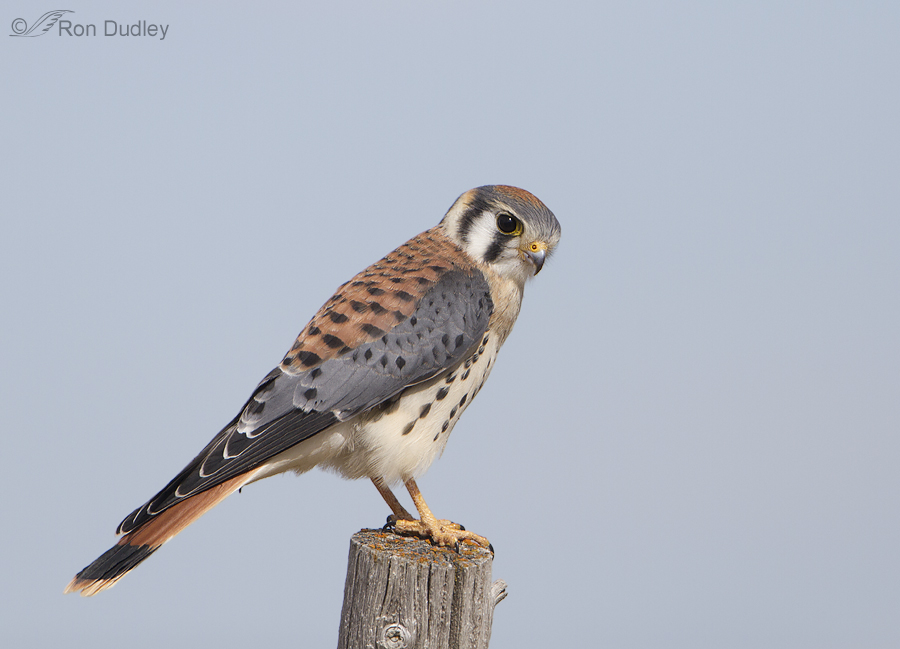
Several weeks ago I reported here about the alarming decline of the American Kestrel in most of North America. That decline has been apparent to me locally (Utah) as I’m seeing and photographing far fewer of them than in the past. Other more scientific and reliable sources report similar declines in many areas of the continent.
But apparently there are pockets of habitat where kestrels are still thriving and one of them is the Centennial Valley of southwest Montana.
What’s Happening To Our Kestrels?
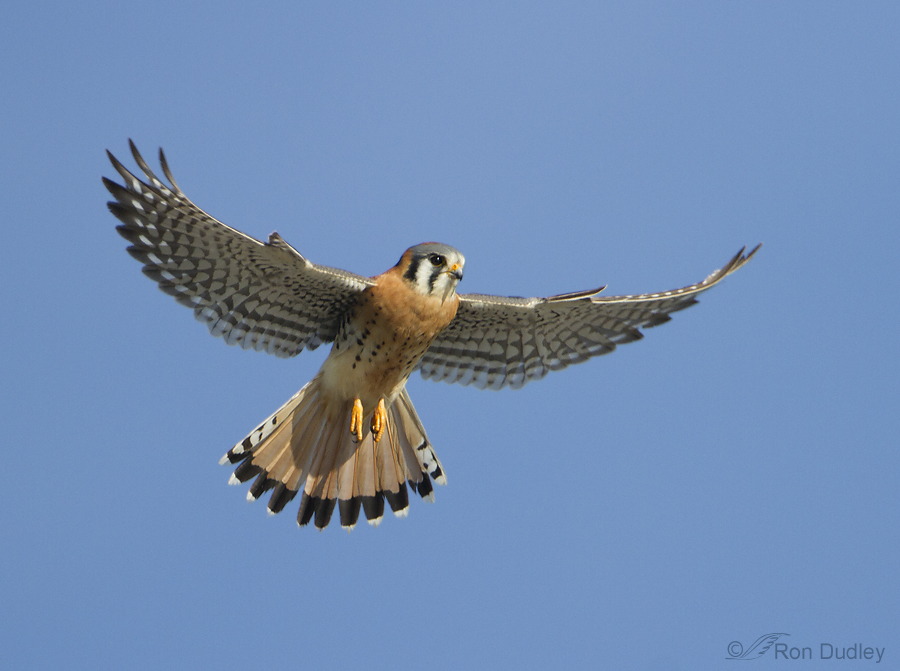
Recently I’ve been reading some disturbing reports about the decline of the American Kestrel in North America. And I’m talking about a drastic decline! I’ve speculated about just that in a previous post, based on my own recent observations in northern Utah but I’ve been hoping that what I’ve noticed is only a local and temporary phenomenon. Apparently it isn’t.
Male American Kestrel In Dramatic Light
The Function of Ocelli (false eyes) In Raptors
Southwest Montana Kestrels – A Status Update

American Kestrels have long been North America’s most abundant bird of prey but over recent decades their numbers have declined precipitously. For that reason I pay particular notice to kestrel numbers when I return to the same area year after year and because I spend so much time in southwest Montana that region is near the top of my “kestrel watching” areas.
A Kestrel, A Mouse And The Potential Demise Of Farmington Bay WMA
Male American Kestrel In A Pastel Setting
Red-tailed Hawk Sucker-punched By A Kestrel
A Resourceful Kestrel And An Unfortunate Pipit In The Snow
Rust On Rust – Female American Kestrel
Female Kestrel – A Twisting, Turning Take-off

Occasionally during take-off an American Kestrel will put on a show of its considerable acrobatic skills but it happens so fast with these little falcons that many of us don’t really appreciate the coordination and skill involved. Yesterday morning I got one shot that I think demonstrates it pretty well.
Eye Defects In Raptors
The Many Moods Of A Female American Kestrel
American Kestrel In Fog

Images of birds in fog often have a unique mood and “feel”. The tendency of many photographers is to attempt to minimize the effects of the fog during processing but I try to resist that temptation and let the image sink or swim on its true merits.
Fog tends to reduce detail and color saturation and causes the subject to appear slightly overexposed. It also often results in high key backgrounds. Some of those effects can be reduced by increasing contrast/saturation during processing but then you are losing the mood provided by the fog in the first place. All I’ve done with this image is crop and sharpen.
Some Good News On The Kestrel Front

Several weeks ago I reported here about the alarming decline of the American Kestrel in most of North America. That decline has been apparent to me locally (Utah) as I’m seeing and photographing far fewer of them than in the past. Other more scientific and reliable sources report similar declines in many areas of the continent.
But apparently there are pockets of habitat where kestrels are still thriving and one of them is the Centennial Valley of southwest Montana.
What’s Happening To Our Kestrels?

Recently I’ve been reading some disturbing reports about the decline of the American Kestrel in North America. And I’m talking about a drastic decline! I’ve speculated about just that in a previous post, based on my own recent observations in northern Utah but I’ve been hoping that what I’ve noticed is only a local and temporary phenomenon. Apparently it isn’t.


